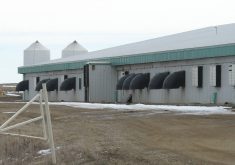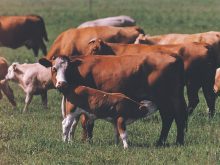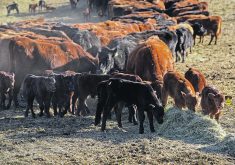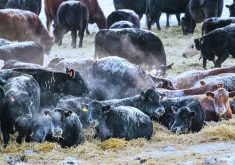Anyone who works with cattle is familiar with the concerns about injection site blemishes in beef. Imagine the impact of a piece of needle being found in a steak by a beef consumer. These needles, once broken off, can migrate through the animal, ending up almost anywhere in its body.
The key to avoiding this problem is to select the correct needle and syringe for the job, but also to properly care for them .
Most needles break because of improperly restrained animals. If an animal moves while being injected, the needle can bend or break. If it does, the piece should be retrieved immediately. A bent needle should be discarded because it could break in its weakened state.
Read Also
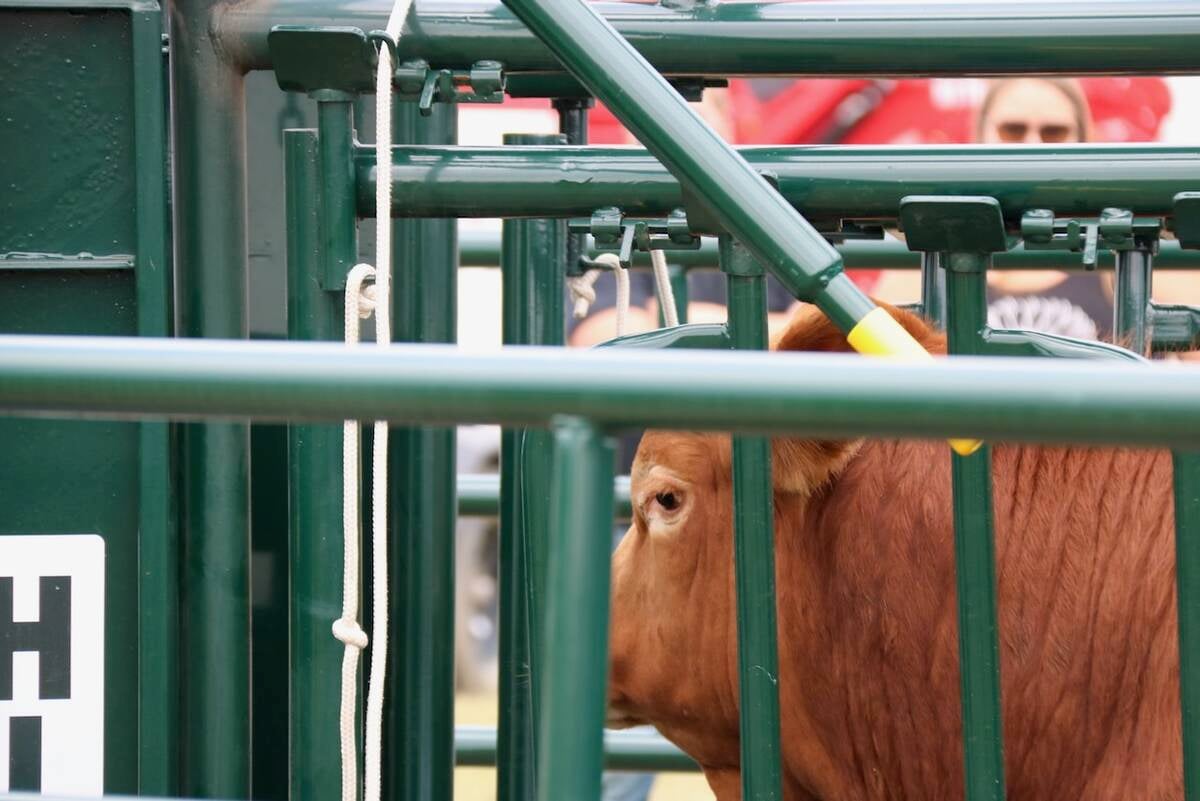
Good handling equipment a must on cattle operations
It’s important for the safety of producers and everyone else dealing with their stock that handling equipment is functional and safe.
Selecting the correct size of needle for the job reduces the chance of breaking. Most veterinarians recommend 16 gauge needles for subcutaneous and intramuscular injections in cattle. A 20 gauge can break and an 18 gauge can bend if an animal jumps in the chute.
A one-inch needle should be used for intramuscular injections. It can penetrate to the muscle easily in most cows and calves. In a fat cow or a bull, a 11/2 inch needle is preferable. For subcutaneous injections, a short 5/8 inch needle is needed. Even with this short needle, the skin should be tented to ensure the injection doesn’t go too deep.
The choice of syringe depends on the number of injections and the nature of the medication being injected. Disposable syringes are fine, but if many cattle need to be injected, it can take a lot of time to refill them.
Also, the medication container can become contaminated if the same needle is used to give the injection as well as draw up the medication. This is especially important if there are blood-borne diseases such as bovine leucosis in the herd. To avoid this, a new syringe and new needle should be used on each animal. Unfortunately, this can be costly.
Multi-dose syringes eliminate container contamination problems if the needle is changed each time the syringe is refilled with medication. If the medication is a vaccine, multi-dose syringes allow the vaccine to be kept in a cooler between refills, helping preserve the vaccine’s effectiveness.
Continuous feed syringes eliminate the bottle contamination problem and the syringe is always ready for the next injection. This type of syringe is extremely useful if an entire pen of cattle needs to be injected.
Though not a concern with sterile, disposable syringes that are used only once, syringes that are reused can contribute to injection site infections because they provide an opportunity for bacterial contamination. However, these syringes can be cleaned.
The exterior of any syringe is cleaned with an antibacterial soap, water and a small brush. The inside should be rinsed with water hotter than 83 C. Soap must not be used on the inside because the residues can kill modified-live vaccines.
Once it is clean, the syringe should be sterilized. Metal syringes can be boiled in water for five minutes. The parts are reassembled while still hot and rinsed with hot, distilled water. Once they have cooled, they are ready to use.
Plastic syringes can be sterilized in a microwave oven. Wash and rinse the syringe as described above. Put water in the syringe, wrap it in five to 10 layers of wet paper towel and put it in a plastic bag. Leave the bag open and put everything in the microwave on high for five minutes. Half way through, check the towels for moisture. If they feel dry, moisten them again.
Once the cycle is complete, squirt out residual water and let the syringe cool for 10 minutes before use. If it won’t be used for a while, remove the towels, squirt out remaining water, seal the bag and place in the freezer.



